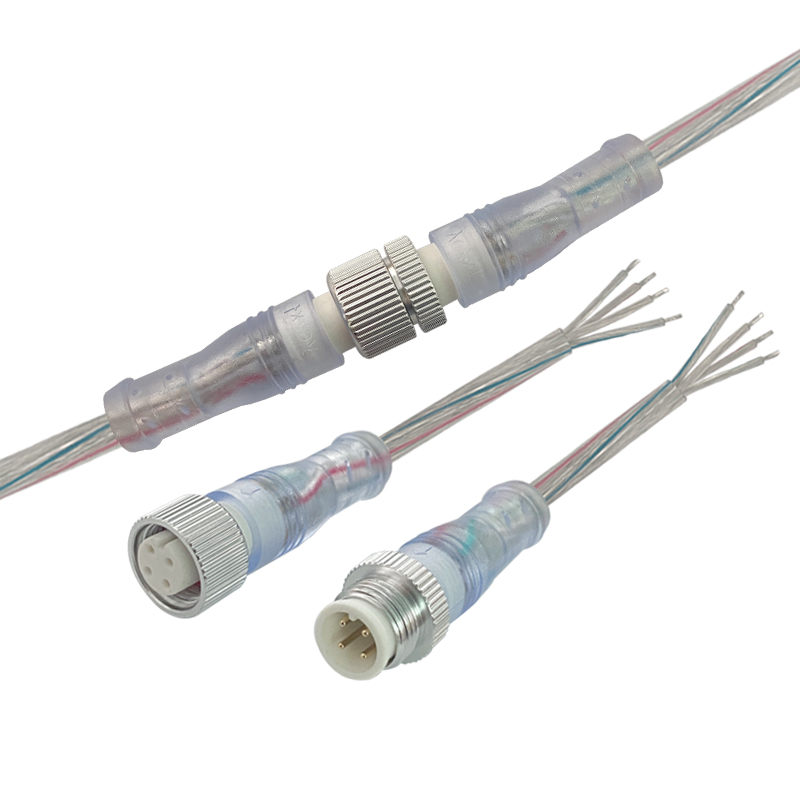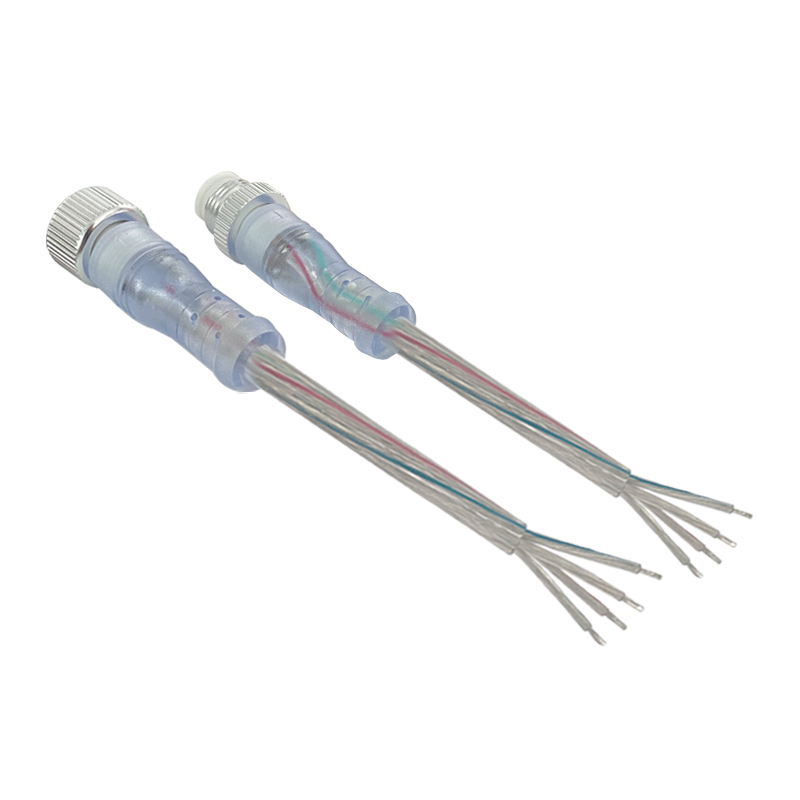Introduction
Importance of waterproof sealing in connectors for industrial, automotive, and marine applications.
Key factors: IP ratings, durability, cost, and assembly complexity.
1. O-Ring Seals
Principle: Elastic compression for water resistance.
Pros: Reusable, cost-effective, easy installation.
Cons: Limited to static applications, prone to extrusion.
Applications: Consumer electronics, automotive sensors.
2. Potting Compounds (Epoxy/Silicone)
Principle: Liquid resin fills cavities, then cures.
Pros: Superior sealing, vibration resistance, chemical protection.
Cons: Irreversible, adds weight, longer processing time.
Applications: Harsh environments (e.g., underwater cables).
3. Ultrasonic Welding
Principle: Melts plastic interfaces for hermetic bonds.
Pros: No added materials, high-speed assembly, strong seal.
Cons: Limited to thermoplastics, high equipment cost.
Applications: Medical devices, miniaturized connectors.
Comparison Table
| Method | IP Rating | Cost | Reusability | Best Use Case |
|---|---|---|---|---|
| O-Ring | IP67-68 | Low | Yes | Static, low-pressure |
| Potting | IP68-69K | Medium | No | Extreme environments |
| Ultrasonic Weld | IP68 | High | No | Precision plastic parts |
Conclusion
O-rings for cost-sensitive, reusable needs.
Potting for maximum protection in harsh conditions.
Ultrasonic welding for high-volume, plastic-based designs.




